Europe’s Largest Abandoned Underground Military Air Base
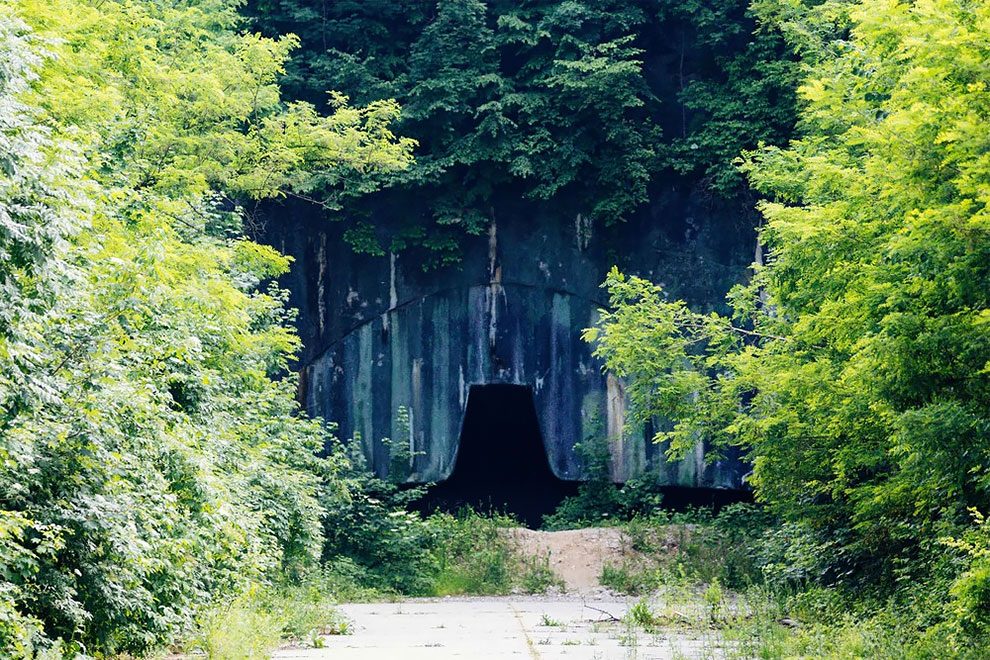
Thomas Windisch/Exclusivepix Media
Željava Air Base, situated on the border between Croatia and Bosnia and Herzegovina under Plješevica Mountain, near the city of Bihać, Bosnia, was the largest underground airport and military air base in the former Yugoslavia, and one of the largest in Europe.
During two decades more than £4 billion was spent on its construction.
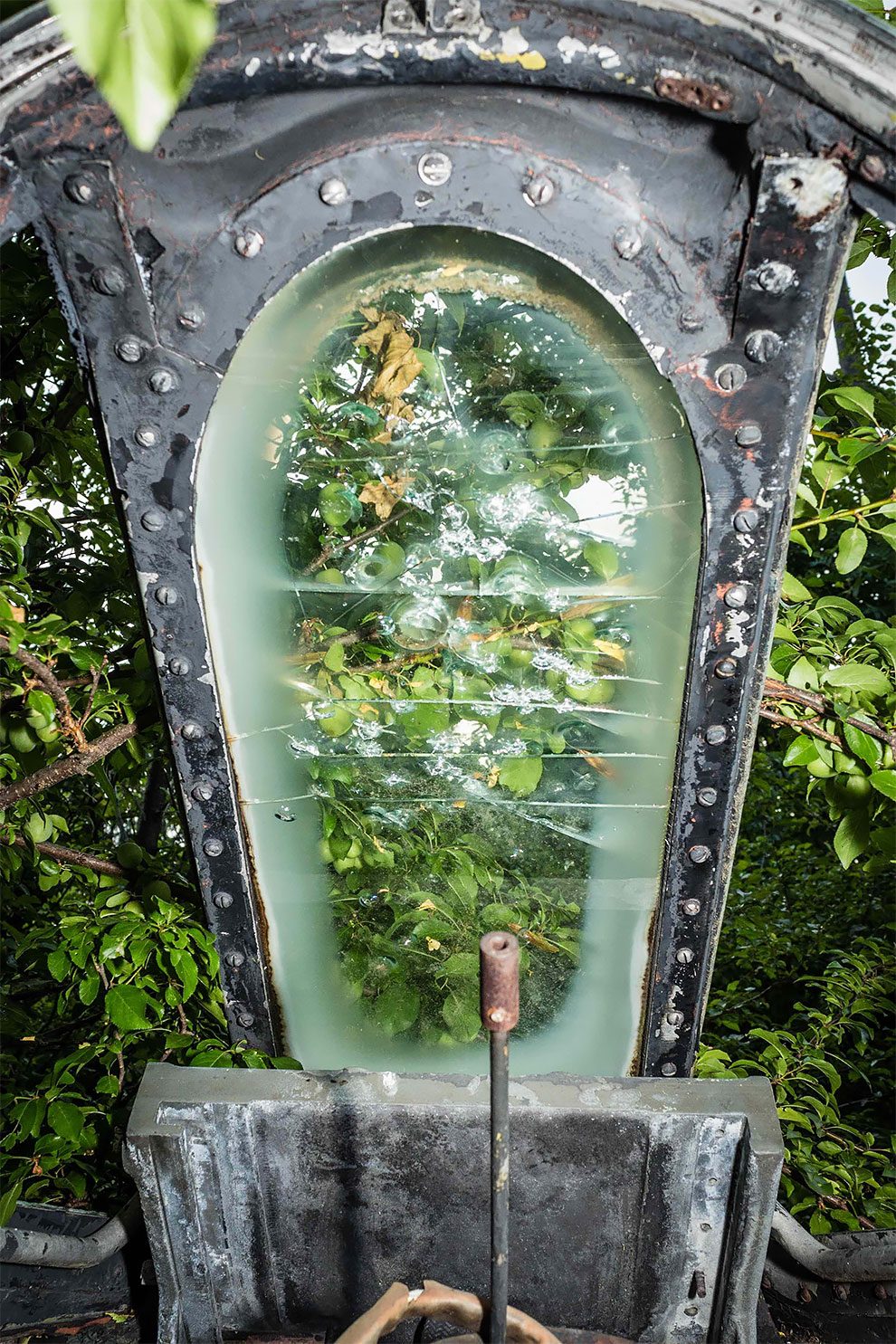
Thomas Windisch/Exclusivepix Media
The facilities are shared by the local governments of Bihać and Lika-Senj County in Croatia. Construction of the Željava or Bihać Air Base, code-named “Objekat 505”, began in 1948 and was completed in 1968. During those two decades, SFRJ spent approximately $6 billion on its construction, three times the combined current annual military budgets of Serbia and Croatia. It was one of the largest and most expensive military construction projects in Europe.
The base was destroyed by Serbs to stop it falling into the hands of the enemy.
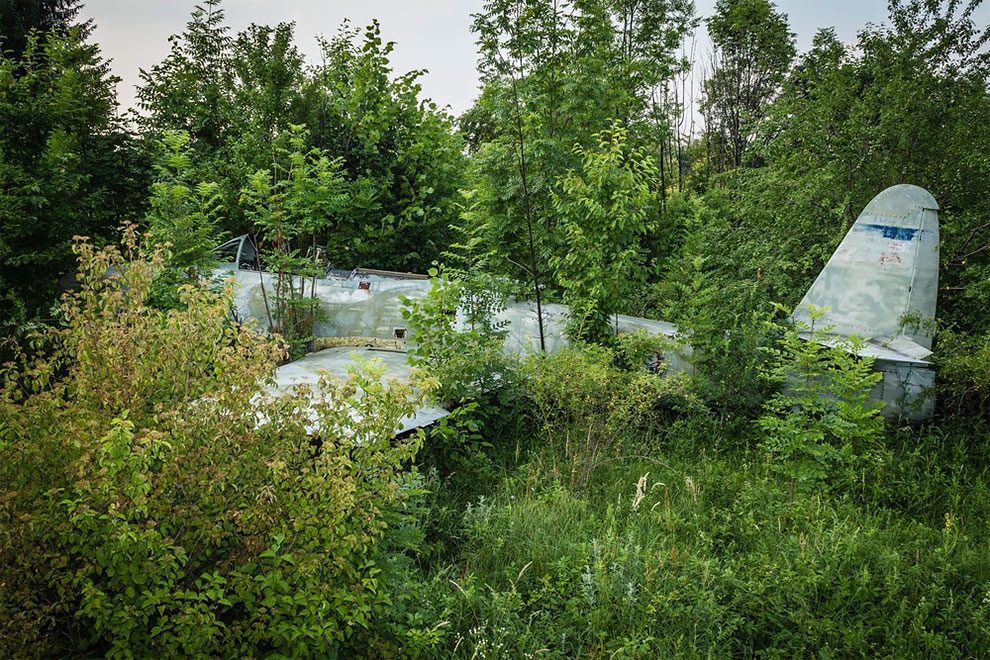
Thomas Windisch/Exclusivepix Media
The role of the facility was to establish, integrate, and coordinate a nationwide early warning radar network in SFRJ akin to NORAD. The complex was designed and built to sustain a direct hit from a 20-kiloton nuclear bomb, equivalent to the one dropped on Nagasaki. The main advantage of the base was the strategic location of its “Celopek” intercept and surveillance radar on Mount Pljesevica, at the nerve center of an advanced integrated air defense network covering the airspace and territory of Yugoslavia, and possibly further.
Objekat 505 was one of the largest military constructions in Europe.
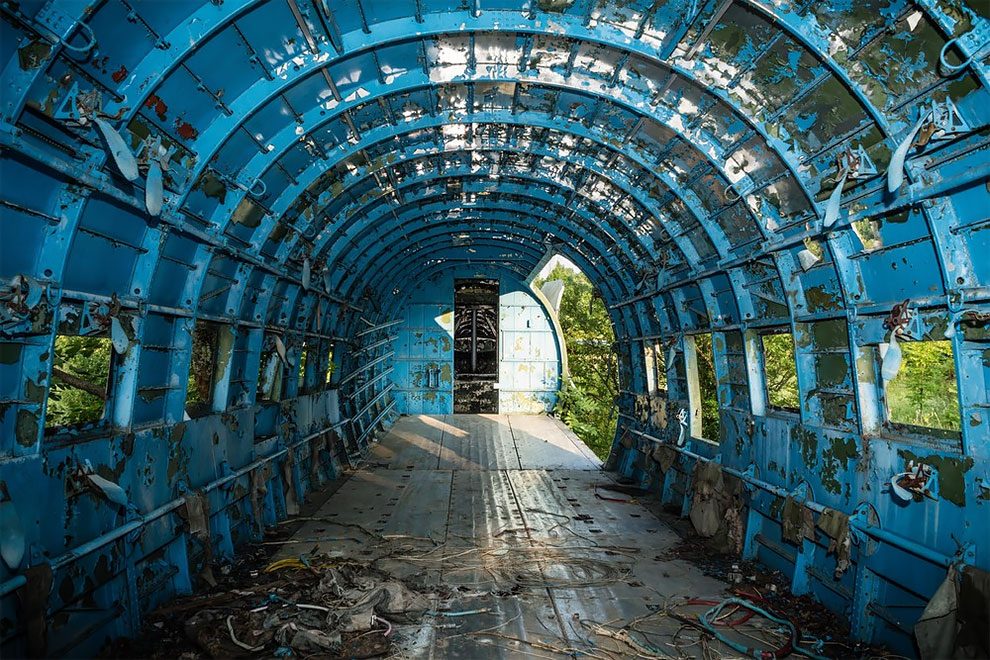
Thomas Windisch/Exclusivepix Media
In addition to its main roles as a protected radar installation, control center, and secure communications facility, the airbase contained underground tunnels housing two full fighter squadrons, one reconnaissance squadron, and associated maintenance facilities. Today, the base often serves as a waypoint for illegal migrants.
The eerie military base is on the Croatian border with Bosnia-Herzegovina.

Thomas Windisch/Exclusivepix Media
A facility for asylum seekers was scheduled to open there in 2004 or 2005, but the idea was abandoned, and new plans were developed for it to become part of the Slunj military training grounds, and barracks from the nearby Udbina complex. This idea was dropped, however, in line with the agreement between the countries of former Yugoslavia.
Many of the aircraft destroyed in conflicts have been abandoned at the site.
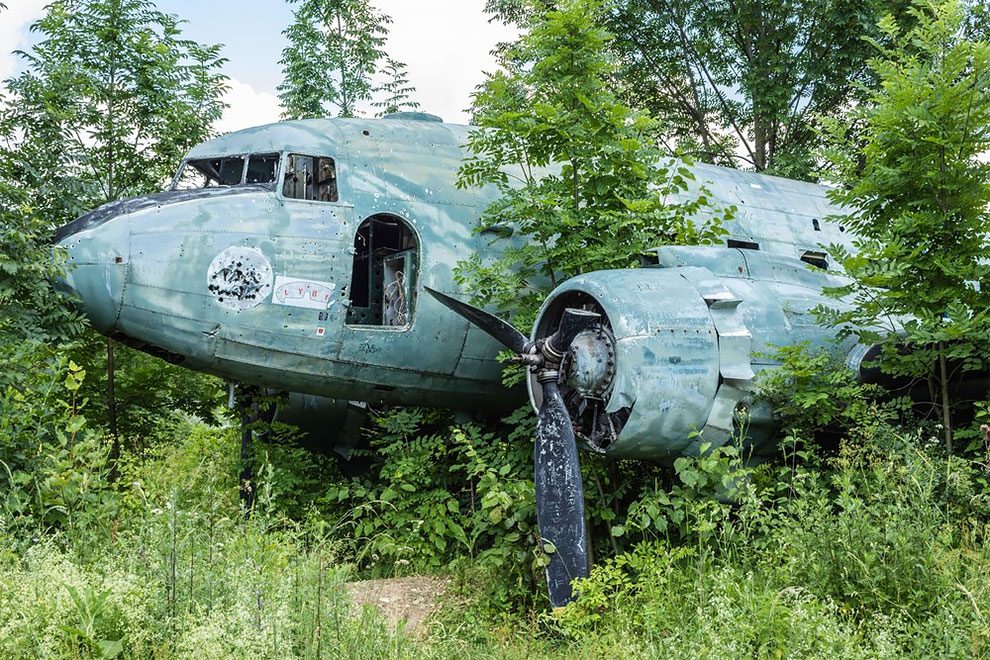
Thomas Windisch/Exclusivepix Media
The underground base is still surrounded by deadly minefields.

Thomas Windisch/Exclusivepix Media
Many of the aircraft were either destroyed by NATO bombings or left to rot.
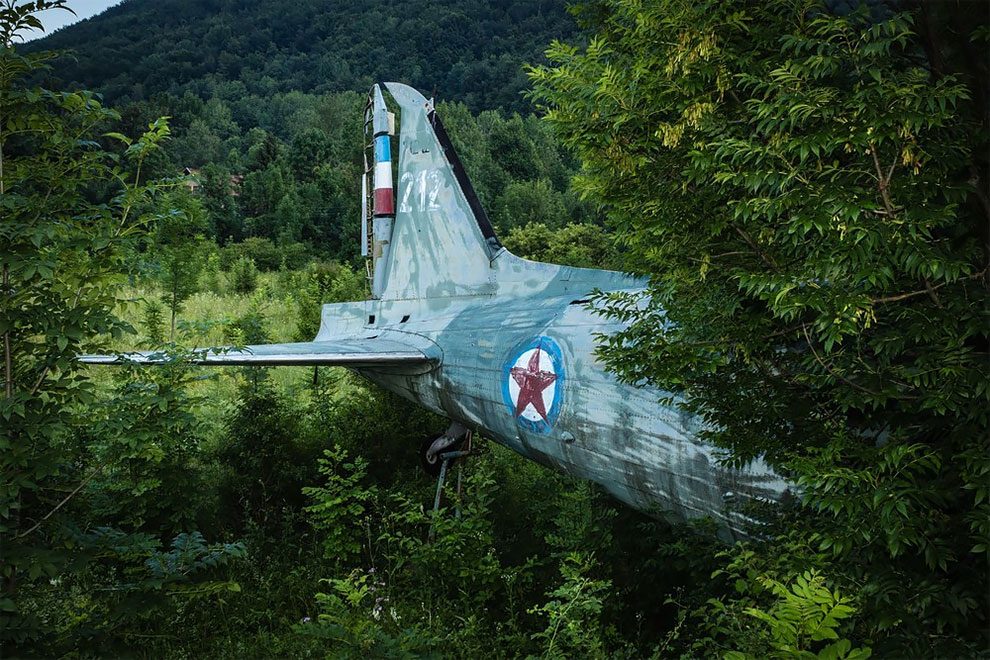
Thomas Windisch/Exclusivepix Media
The only visitors now are the migrants who sometimes shelter there.
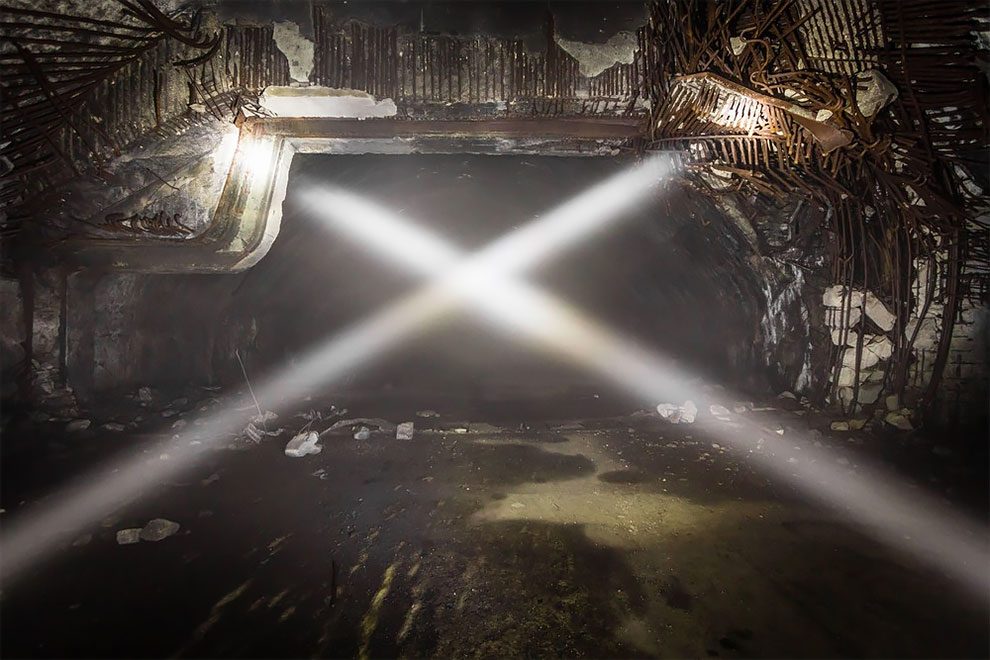
Thomas Windisch/Exclusivepix Media
There are still a few rusting remains of MIG fighters on the site.
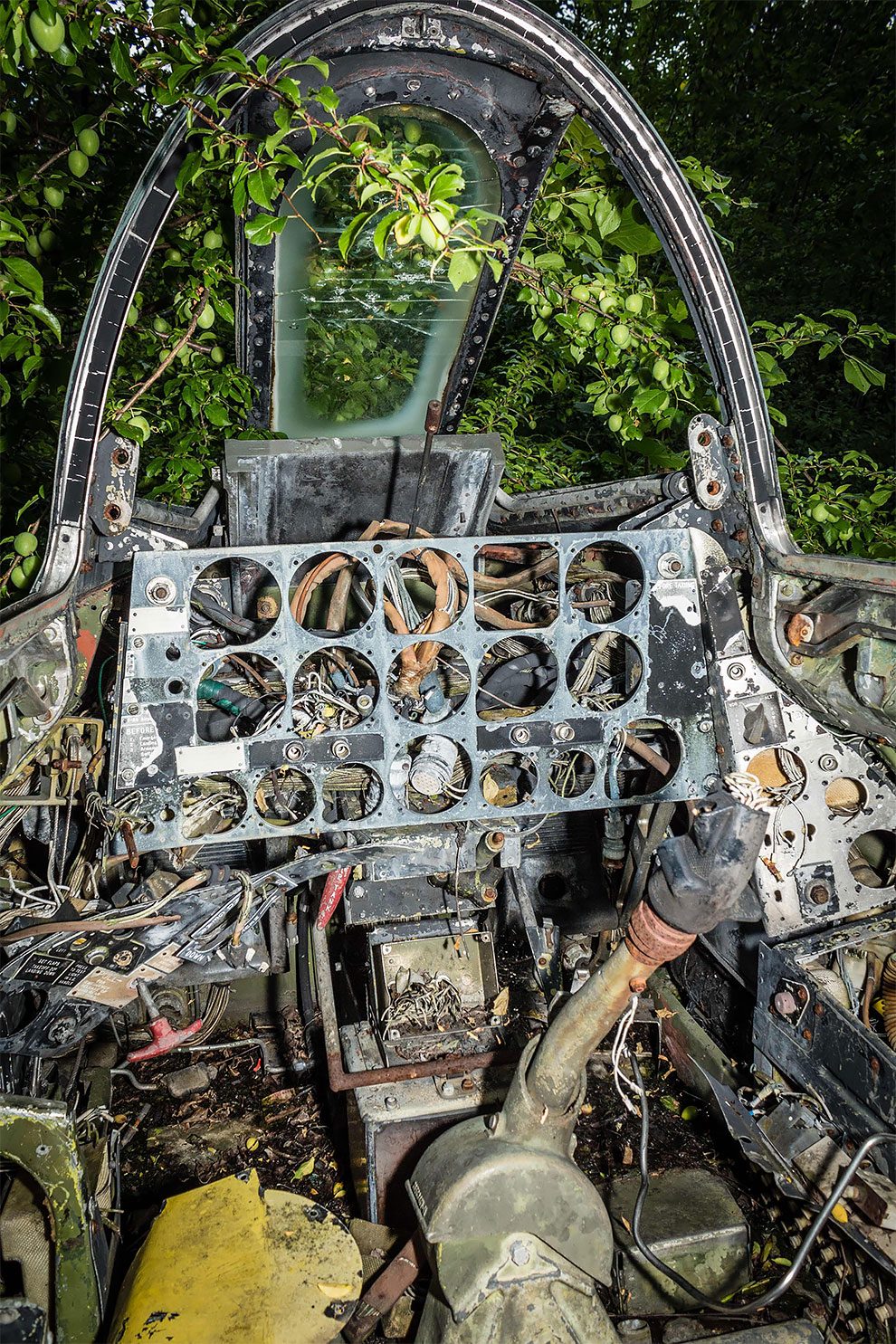
Thomas Windisch/Exclusivepix Media
The underground tunnels once housed entire squadrons of aircraft.
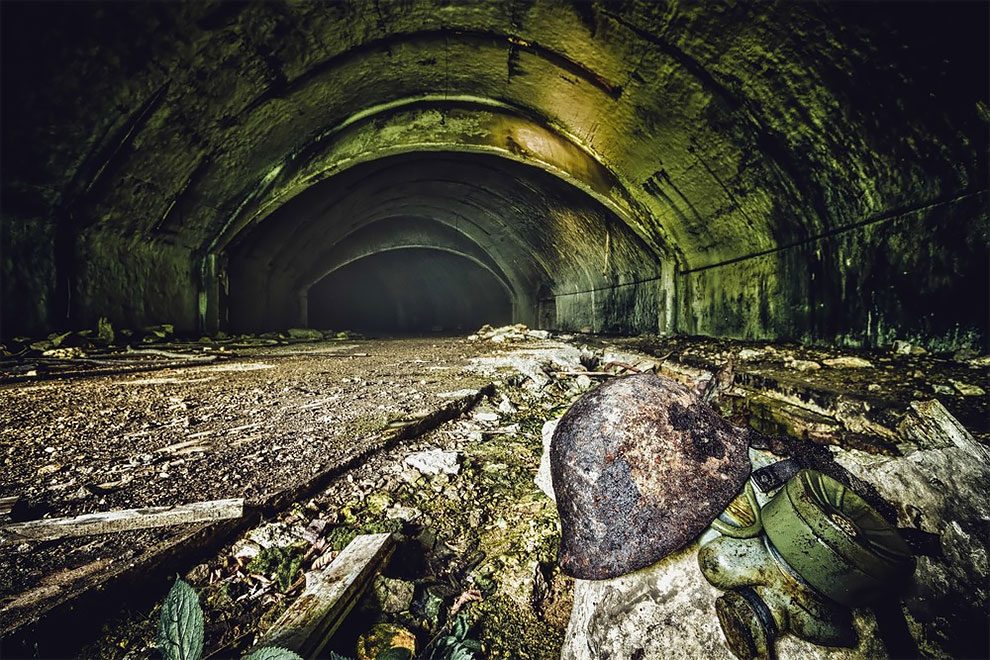
Thomas Windisch/Exclusivepix Media